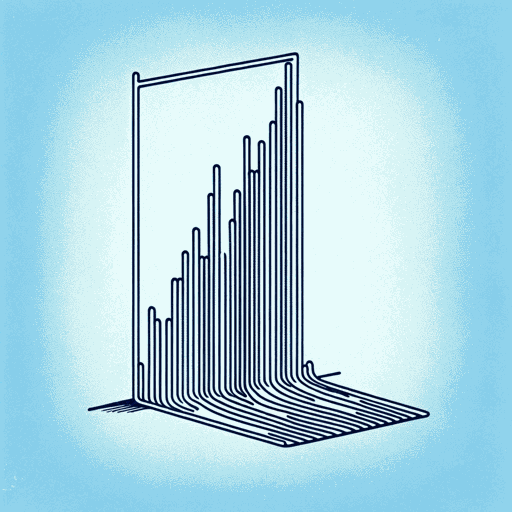45 pages • 1 hour read
Darrell HuffHow to Lie with Statistics
Nonfiction | Reference/Text Book | Adult | Published in 1954A modern alternative to SparkNotes and CliffsNotes, SuperSummary offers high-quality Study Guides with detailed chapter summaries and analysis of major themes, characters, and more.
Chapter 8Chapter Summaries & Analyses
Chapter 8 Summary: “Post Hoc Rides Again”
Chapter 8 deals with the issue of the post hoc fallacy and the problem of thinking correlation equals causation. Huff says this occurs when one of two items with a demonstrable correlation is assumed to cause the other. He describes the thought process as “If B follows A, then A has caused B” (89). However, this is not necessarily the case. Other factors might cause “B,” while “A” is not responsible for them.
Huff begins with a study on whether cigarette smokers get lower grades. He says the sample size and the significance of the correlation are good, but it needs to account for other explanations that could cause both smoking and low grades. Without a clear understanding of these unknown factors, conclusions about causation should not be drawn.
In the next section, Huff warns readers to carefully examine the relationship underlying any statistics to ensure they don’t fall for the fallacy. He then lays out the different types of correlation that can appear as causation. One is correlations made by chance, such as those found in small samples. Another is a correlation that has a real relationship but no way to tell which factor is the cause or the effect.

